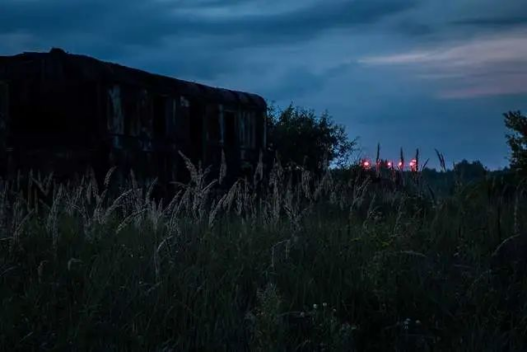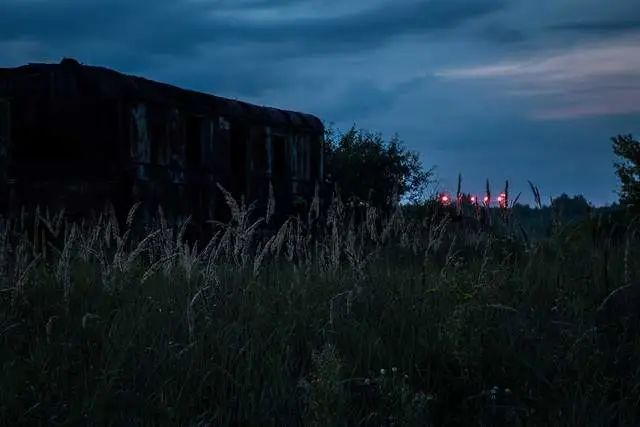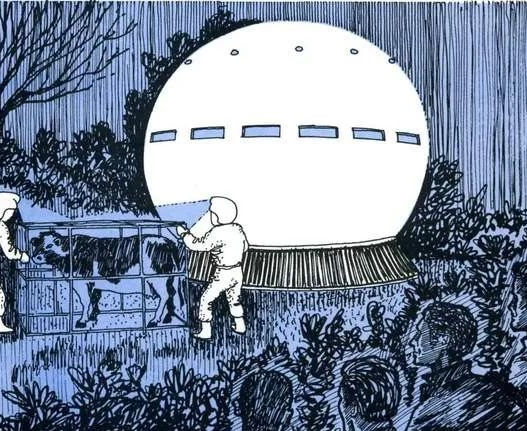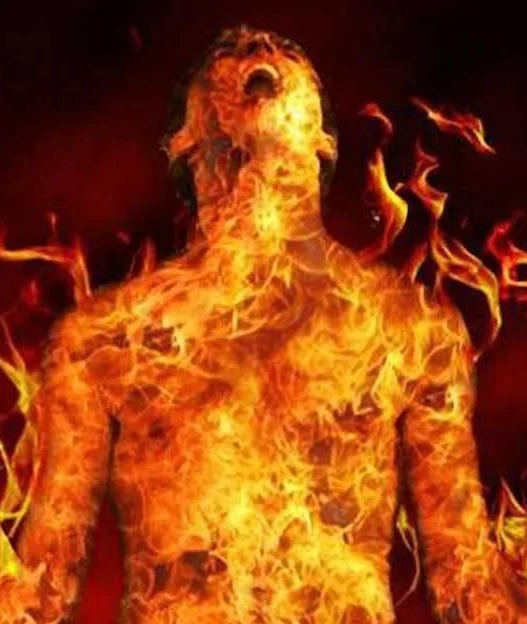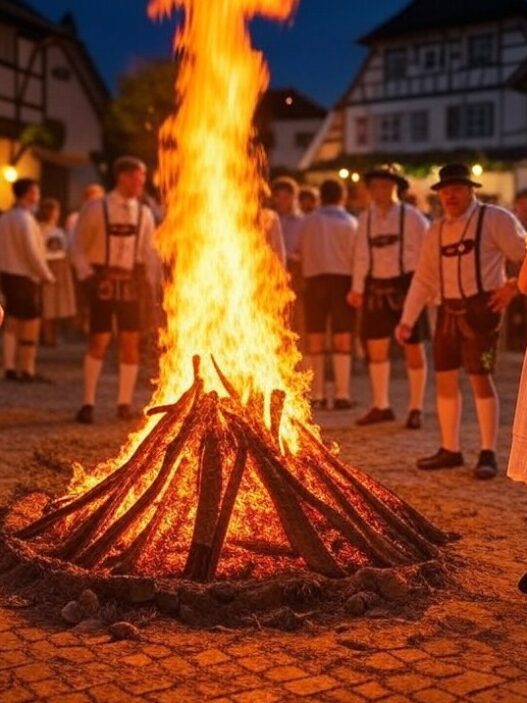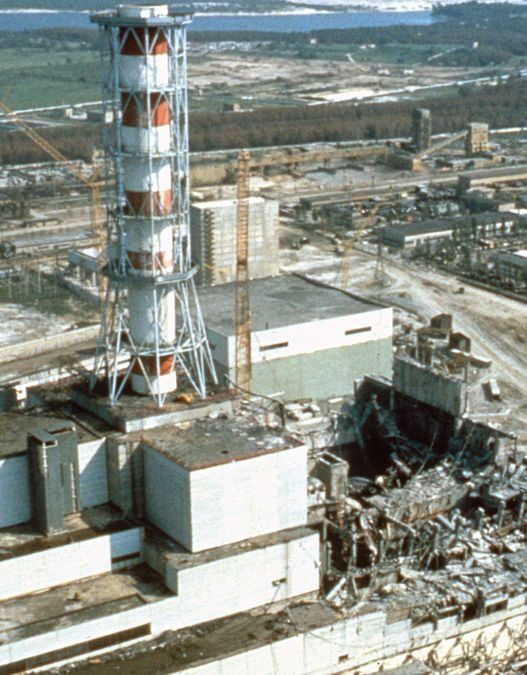The Chernobyl Nuclear Power Plant, located near the city of Pripyat, Ukraine, began construction in the 1970s, starting with its first reactor. Over the years, three additional reactors were added. During the disaster, two more reactors were under construction. This tragic event left an indelible mark on humanity, evoking deep fear and sorrow, along with numerous unresolved mysteries.
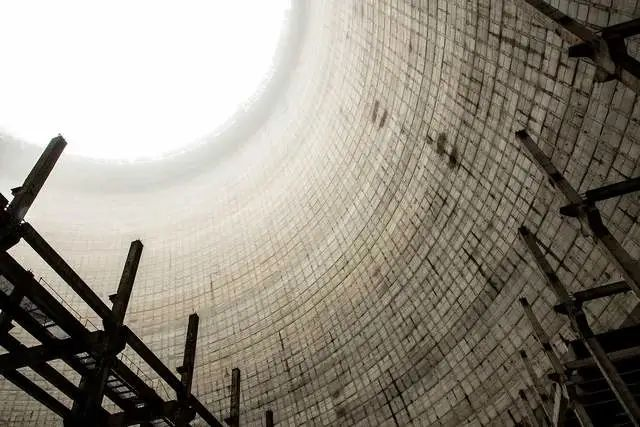
The 1986 Explosion
On the early morning of April 26, 1986, at 1:23 a.m., Reactor No. 4 at the Chernobyl Nuclear Power Plant was shut down for maintenance. A safety test was being conducted to evaluate the emergency core cooling function. The exact cause of the explosion remains unclear. It is believed that a disruption in supervision contributed to the accident.
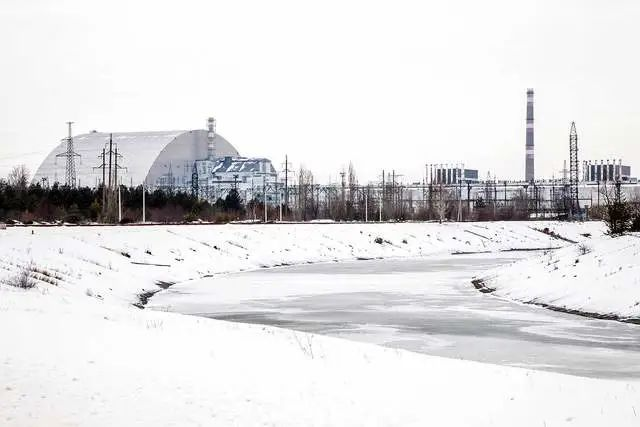
The first explosion was a steam explosion. This happened when steam from a ruptured channel entered the reactor’s internal space. The force of this explosion destroyed the reactor’s shell and lifted the upper plate with a force of 2,000 tons. This caused fuel channels to rupture, leading to a loss of coolant in the reactor. This triggered further nuclear or thermal explosions.
A second explosion followed seconds after the first. Some believe it was caused by hydrogen generated by overheating steam reacting with zirconium. Others suggest it was a nuclear thermal explosion. Regardless, the explosion released four times more radiation than the Hiroshima atomic bomb, making it one of the most severe nuclear disasters in history.
The Disaster Unfolds
The explosion released radioactive particles into the air. Smoke and winds carried these particles to nearby towns and beyond international borders. Most of the radioactive fallout settled in Belarus, while light nuclear rain fell in Ireland. Over 336,000 people were evacuated. An estimated 600,000 were exposed to radiation. The initial steam explosion killed two people. However, 56 others, including 47 workers and nine children with thyroid cancer, died directly from the explosion. Up to 4,000 people later died from cancer due to radiation exposure. The surrounding pine forests turned yellow. They earned the name “Red Forest.”
The disaster turned Pripyat into a wildlife sanctuary, as most of the evacuated residents never returned. Reports suggest that children born in Chernobyl’s vicinity continue to suffer from severe birth defects and rare cancers. However, even stranger claims have surfaced, including supernatural phenomena tied to Chernobyl.
The “Black Bird” Legend
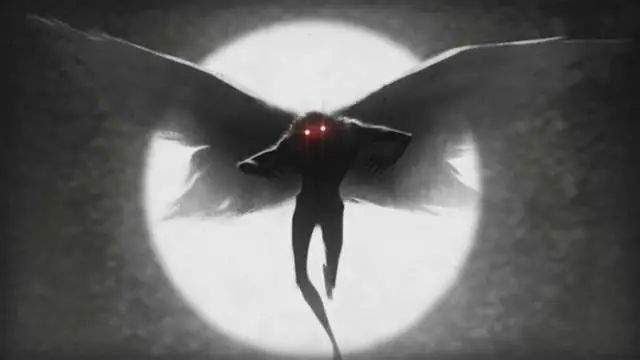
In April 2005, an article titled “The Black Bird of Chernobyl” appeared online. It described the nightmares experienced by Chernobyl employees in the weeks leading up to the meltdown. They received strange, threatening phone calls warning them of an impending disaster. Some reported seeing “a huge, black, headless figure with large wings and fiery red eyes.” Emergency responders at the scene also reported seeing “20-foot-tall birds” flying amid the smoke. These claims remain unverified.
In 2019, this incident resurfaced. Australian archaeologist Robert Maxwell, who had visited Chernobyl in 2010 and 2012, stated that locals had shared similar tales of the “Black Bird.”
Mothman and UFOs: A Connection?
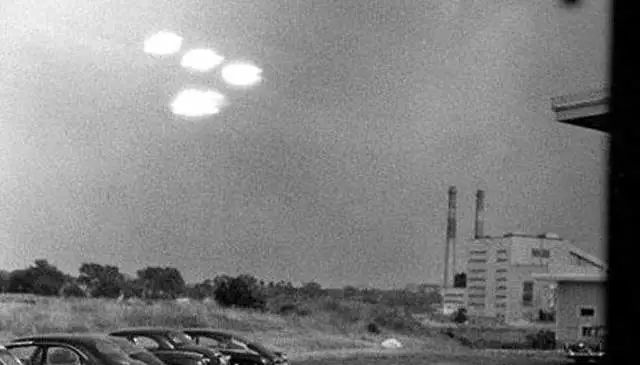
The “Black Bird” is eerily similar to the legend of the Mothman. The Mothman is a winged humanoid creature that allegedly warned citizens of Point Pleasant, West Virginia, of impending doom in 1967. In 2002, a Hollywood film referenced similar phenomena tied to Chernobyl. However, Loren Coleman, a cryptozoologist who participated in the movie’s production, clarified that the storyline was entirely fictional.
Another source suggests that intelligent extraterrestrial beings were interested in the Chernobyl disaster. Dr. George King, founder of the Aetherius Society, claimed that he received a warning from aliens aboard the Mars spacecraft “Satellite 3.” This warning came just 4 hours and 53 minutes before the Chernobyl meltdown. He was instructed to activate Earth’s “spiritual energy radiation.” This story became part of the Aetherius Society’s evidence for alien intervention.
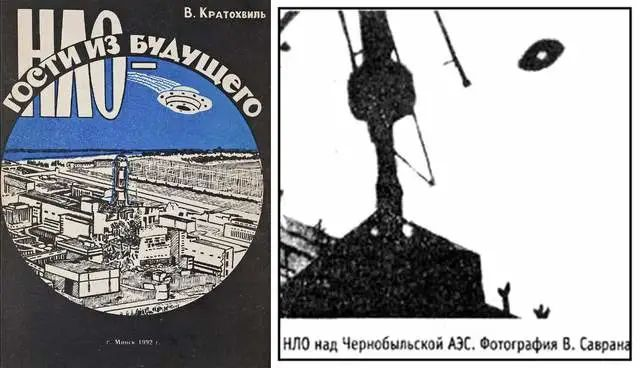
UFO Sightings in Chernobyl
In the years following the Chernobyl disaster, many locals and newspapers reported sightings of UFOs over Chernobyl and Kiev. Mikhail Varitsky, a senior radiation control officer, claimed that he and others witnessed a UFO hovering over Reactor No. 4 on the night of the disaster. In 1992, his statement was included in the book UFOs: Guests from the Future. Varitsky recounted seeing a fireball slowly flying across the sky, followed by two red lights extending toward the reactor. The object was about 300 meters away, and the event lasted about three minutes before the object vanished to the northwest.
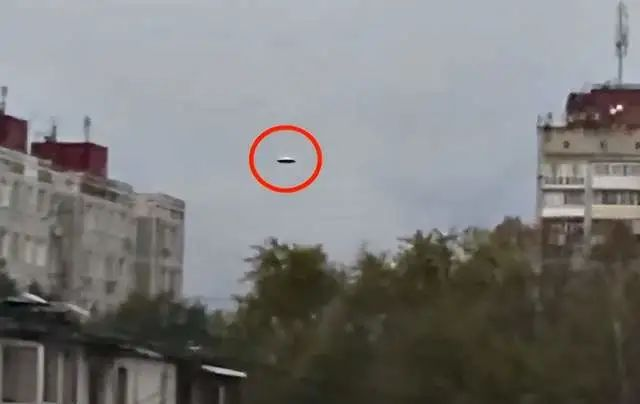
According to Varitsky’s radiation measurements, the radiation levels near the reactor dropped from 3,000 milliroentgens per hour to 800 milliroentgens per hour during this period. Russian media, Pravda, reported in 2002 that the UFO had reduced radiation levels by almost four times, possibly preventing a nuclear explosion.
UFO Sightings Continue
After the Chernobyl disaster, UFO sightings continued to be reported in the region. In 1989, Dr. Eva Nomovna Gospina, a physician, claimed to have photographed an object hovering over the area during another malfunction. In 1990, the Chernobyl Bulletin reported another sighting. Workers near Ivankov observed a flashing cylindrical object, which changed shape and had a red dot revolving around it.
UFOs and the Chernobyl Disaster: Fact or Fiction?
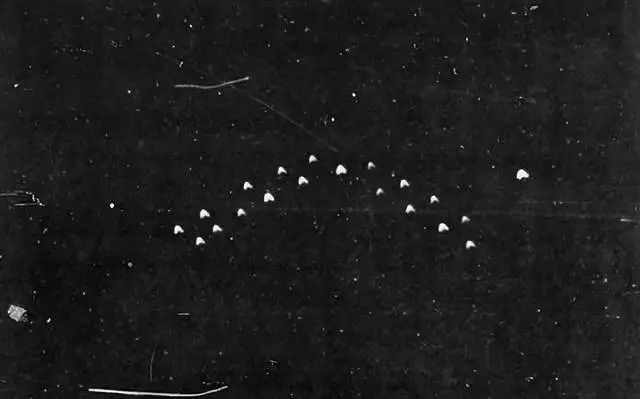
Many UFO sightings were recorded by photographers, yet few concrete photographs were found to support the claims. Reports of UFOs around nuclear sites are not new. In 1993, an unidentified flying object was spotted over the Hartlepool Nuclear Power Station in the United Kingdom, further fueling conspiracy theories about UFOs monitoring nuclear facilities.





